My name is Gwynn Vaiciulis and I have been an intern at CBC since August 2021. I am also a senior at Boston University and am studying advertising and journalism. I’m a creative person who loves to express myself and I am also a huge foodie, constantly cooking or trying new restaurants!
Graduation is rapidly approaching and I’m so excited to start my professional life. When I first began my undergraduate studies, I wanted to pursue pre-med before realizing that STEM isn’t exactly the best place to channel my creative energy. After deciding on pursuing a degree in the marketing and communications realm, I applied for an internship at CBC hoping to gain insight into the creative world and to learn different skills and softwares that will help give me a leg up in the industry.
After 8 months, I’ve gotten a lot out of my time here! CBC has taught me different skills, from the art of social media marketing to the editorial review process, along with helping me find what parts of the PR and digital marketing industry I am most passionate about. Following my graduation at BU, I’d love to continue working in a creative agency setting.
For aspiring marketers and publicists, here’s a day in my life as a CBC intern:
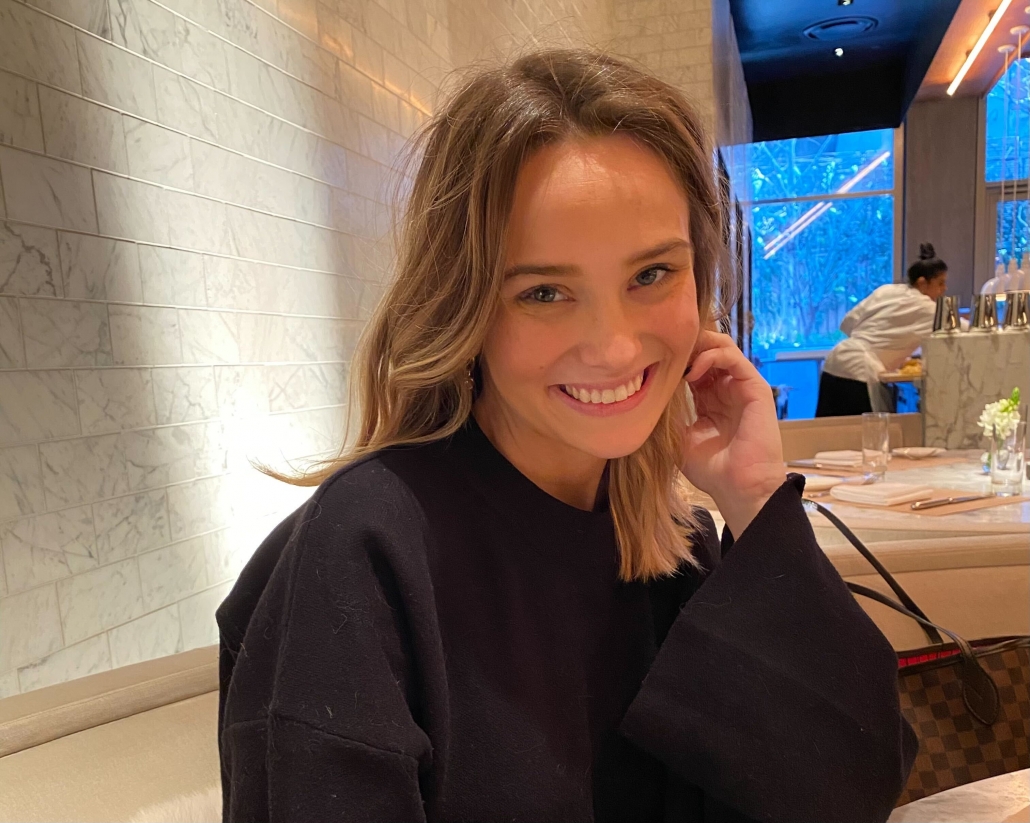
A photo of me
8:00 a.m. – I work at CBC on Monday, Wednesday, and Friday with full days on Monday and Friday and a half day on Wednesday. I start at 9 a.m. and try to wake up with plenty of time to prepare for the day ahead. One thing I do that has drastically changed my day is clean my workspace at the beginning of the day. Currently at CBC, all employees are remote so keeping my room clean helps me feel productive and avoid distractions.

My workspace
9:00 a.m. – The first thing I do on Wednesdays and Fridays is the CBC Coffee Talk email. This is a company wide email that includes fun topics like ‘National Day’ holidays and marketing memes along with tips, social media news, and new media contacts for public relations pitches. To write the email, I conduct research and check in on social media to find the latest trends and industry updates our team should know about. I also use our PR database to scour for new media contacts and publications to pitch.
The Coffee Talk is usually sent to my supervisors for review and, once they approve, I send the newsletter out to the rest of the company. It’s a great way for us to discuss headlines, get to know each other, and connect in the often disconnected remote world. One of my favorite ‘National Days’ was about animals – everyone replied back with photos of their pets! The coffee talk has also allowed me to keep up with industry wide trends and contribute to a positive (and fun!) work environment!
11:00 a.m. – I manage all of the CBC social media channels, so I spend a lot of time drafting content calendars. This includes drafting social copy, making graphics, selecting relevant photos, and doing research on hashtags using a program called Loomly. I also schedule everything to be posted on the correct day and time using a software called Hootsuite. Drafting content along with scheduling posts has allowed me to exercise my creativity and learn many different software platforms at the same time!
Following the Coffee Talk, I check to make sure that all of my posts for the day are correctly scheduled for the CBC social media channels. I also post any stories or add any hashtags that need to be done manually. In addition, I use this time to make a list of all the other tasks I need to complete throughout the day and try to make a brief schedule of when I will work on each task .
After all of our social content is posted, I compile analytics and metrics to see what posts performed well in order to improve our social media strategy for the next month
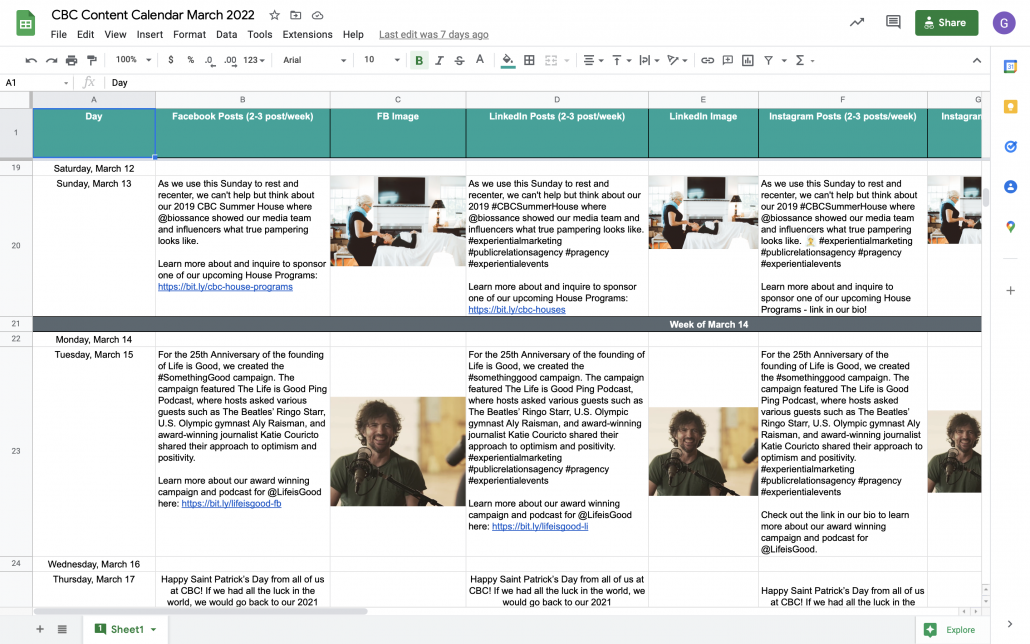
Example of a Content Calendar Spreadsheet in Google Sheets
12:00 p.m. – Most days, I have meetings in the early afternoon. On Monday’s I meet with my supervisors and the Digital Account Coordinators at CBC, Sydney and Riley, to plan out the week and touch base on ongoing projects. I also attend internal meetings to discuss and learn about client projects. At CBC we work with a variety of clients – from vitamin and supplement brands to Freemasonry!
1:00 p.m. – At the end of my meetings I make notes about what was discussed or anything I need to complete moving forward. I then spend a few hours working on any ongoing tasks or projects.
Another area I’ve spent a lot of time on in my internship at CBC is content marketing. I write blogs on topics like social media and PR industry trends for the CBC website to help with the agency’s website goals, but I also help our with client content and contribute to seasonal biographies on famous Freemasons for our Freemasonry accounts.
When I write blogs I research the topic extensively and draft an outline to ensure I am as educated on the topic as possible. It’s been really cool to be able to get real world practice with things I’ve learned through my university classes! Creating blog posts for some of our clients has also given me the opportunity to contribute to account work and write in a way that encapsulates different brands.
Aside from my weekly meetings, I’ve also attended company wide culture-building meetings. On Employee Appreciation day, we gathered to share stories along with showing our appreciation towards one another through kudos. Kudos are compliments that we submit and read out to other CBC employees during the meeting. We also do fun activities like March Madness brackets, trivia, and happy hours.
2:00 p.m. – When I find my focus starting to waver, I know it’s time for lunch. I’ll usually just make something quick like a sandwich or smoothie and enjoy it outside on my balcony (weather permitting). After my lunch break, I buckle down for another work session to further complete my projects. However, on Wednesday’s I only work a half day because I have class in the afternoon.
4:30 p.m. – Before I log off each day, I check my list of tasks from the morning and use it to create another list of both tasks I completed and a to-do list for my next work day. Once I’ve logged off for the day around 5 p.m., I make or go out to dinner and then relax before starting on my homework or going to a meeting for my classes.
Juggling being a full-time student and intern is definitely a busy life but my time at CBC has been so rewarding. Everyone has been so supportive and, although we are remote, I truly feel a community here. I have also learned so much about PR and marketing.; I’ve learned how to use content creation software, research influencers, and record analytics as well as how to adapt and find my place in a fast-paced agency setting. If you’re interested in joining the CBC team, check out their LinkedIn for job openings!


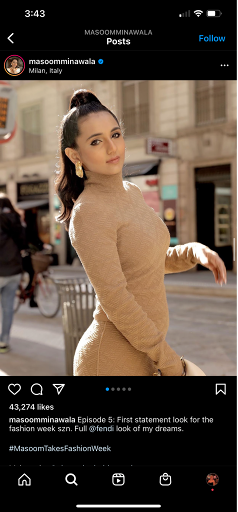
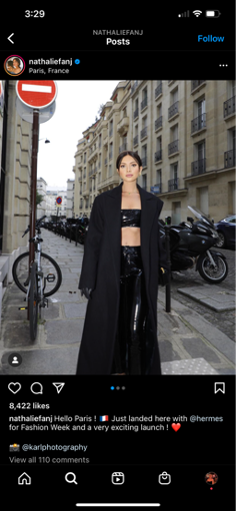
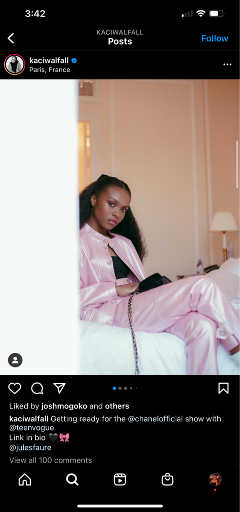




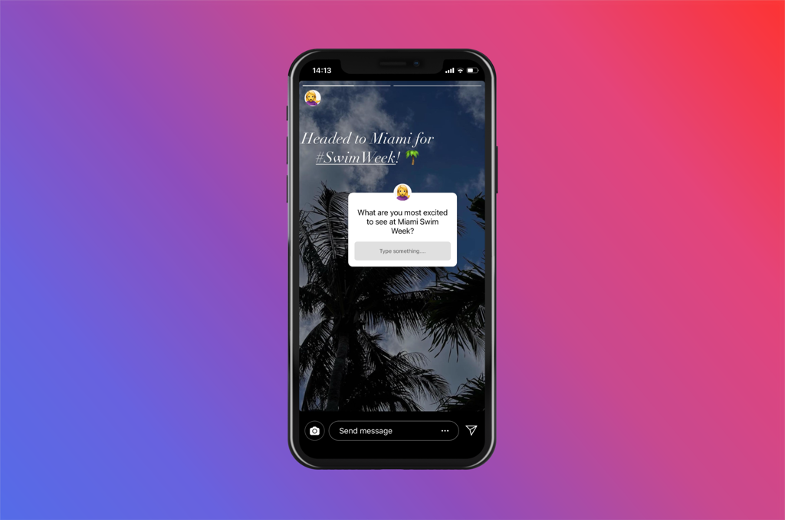
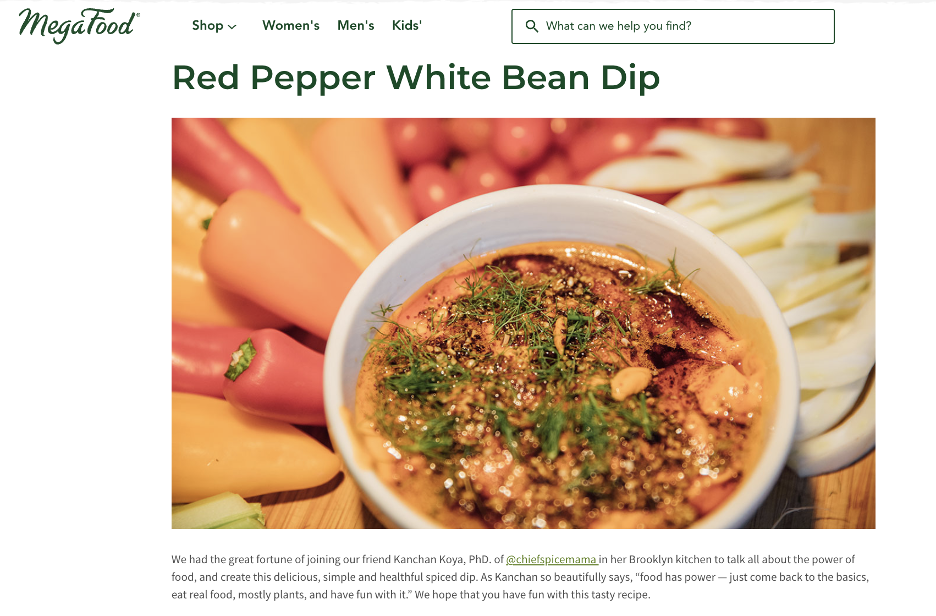
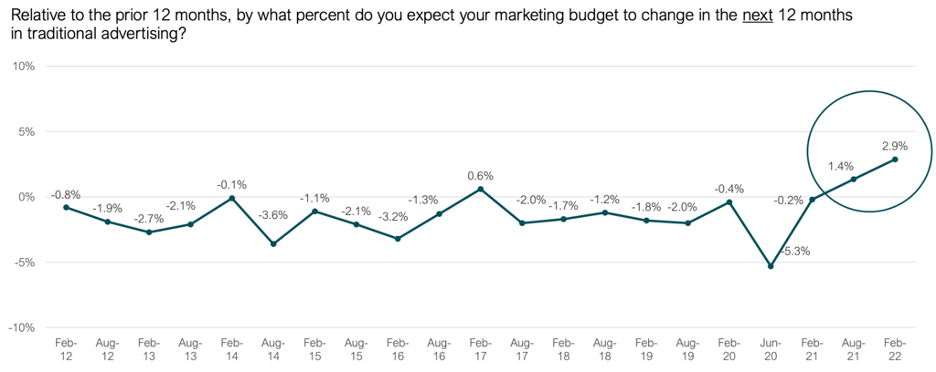

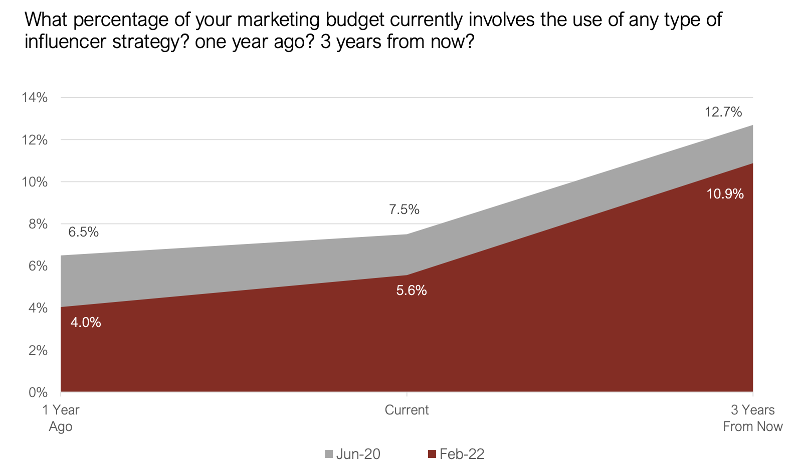



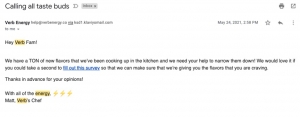
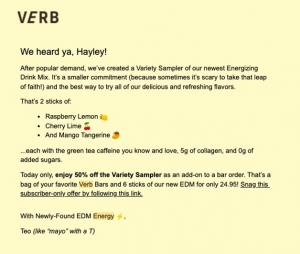
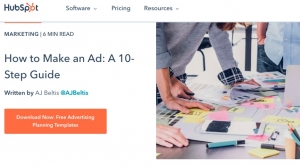
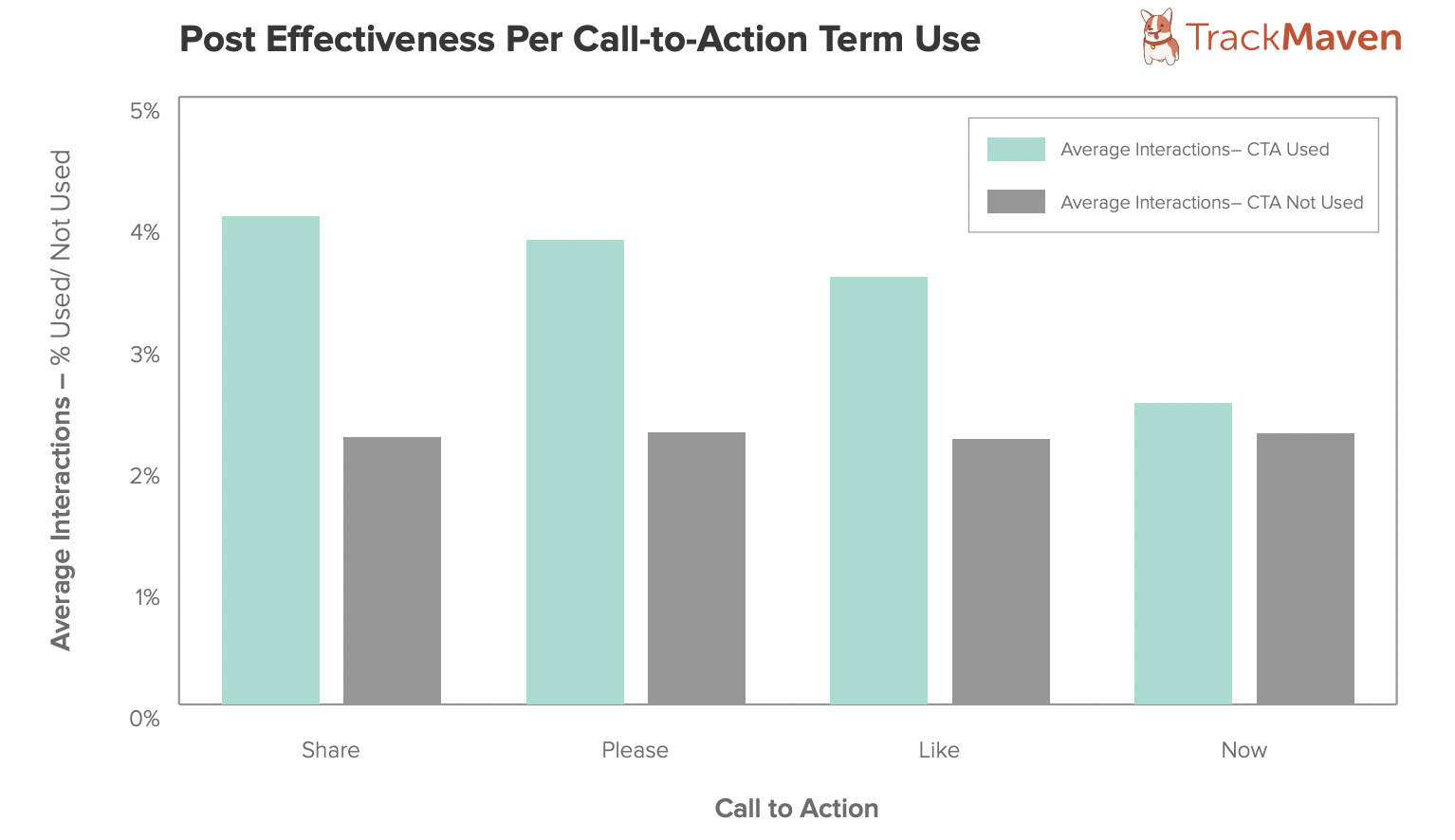




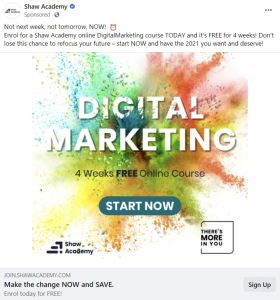



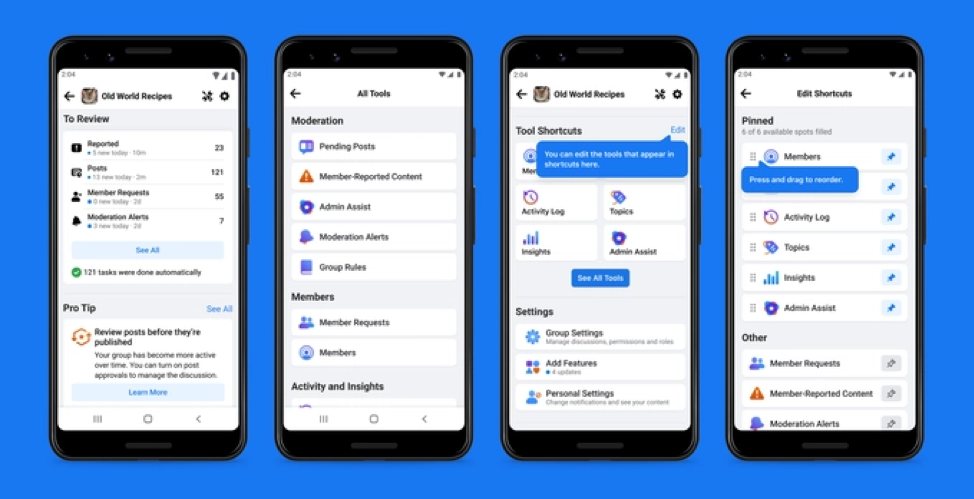
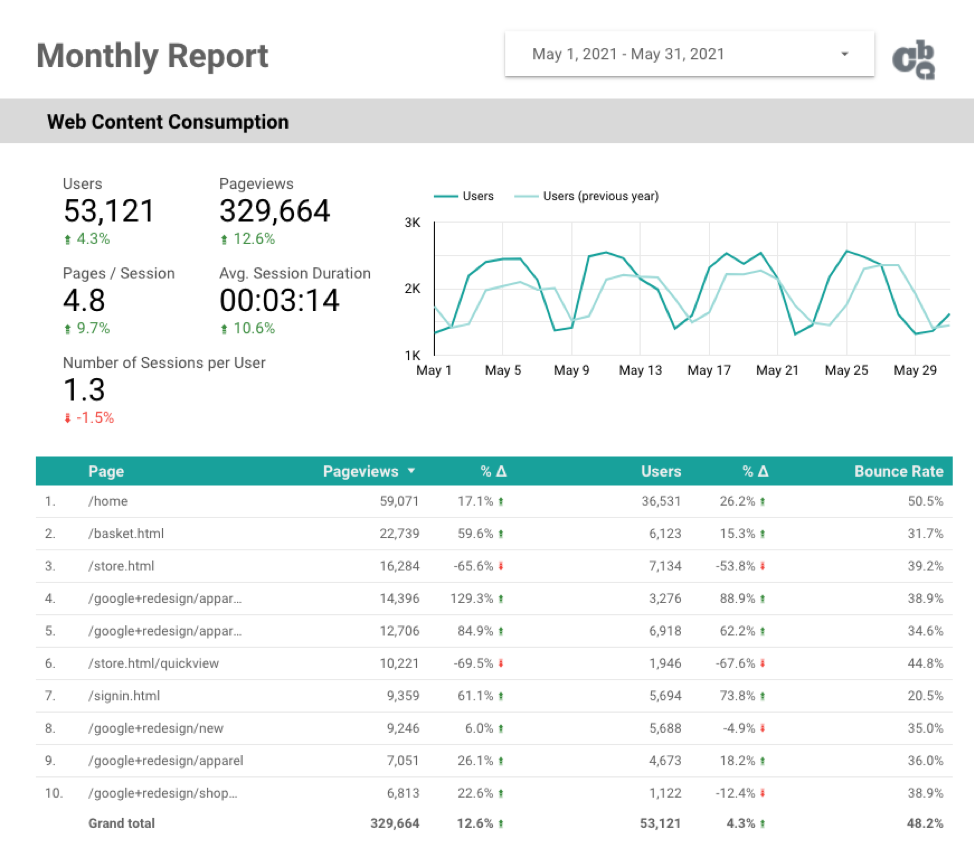

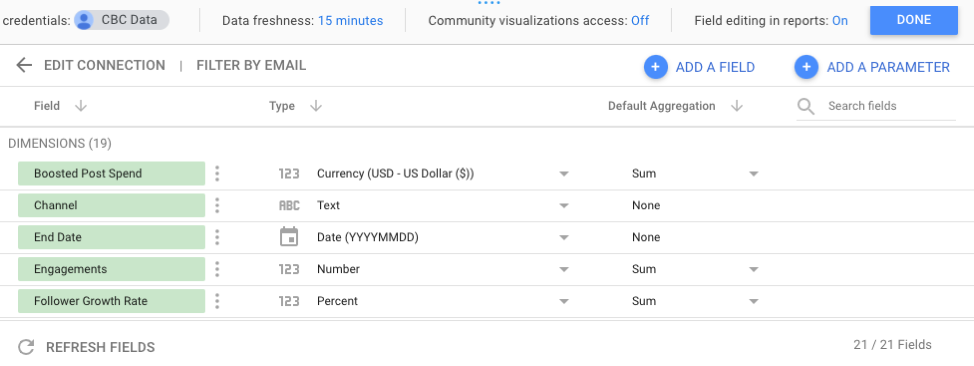
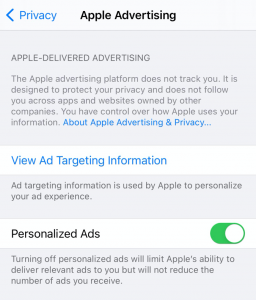


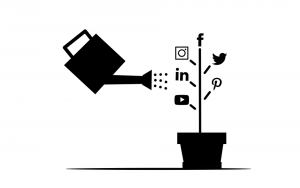
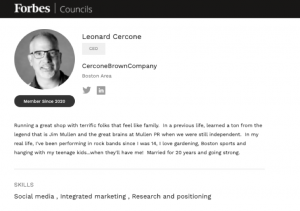

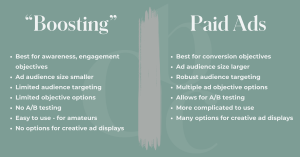
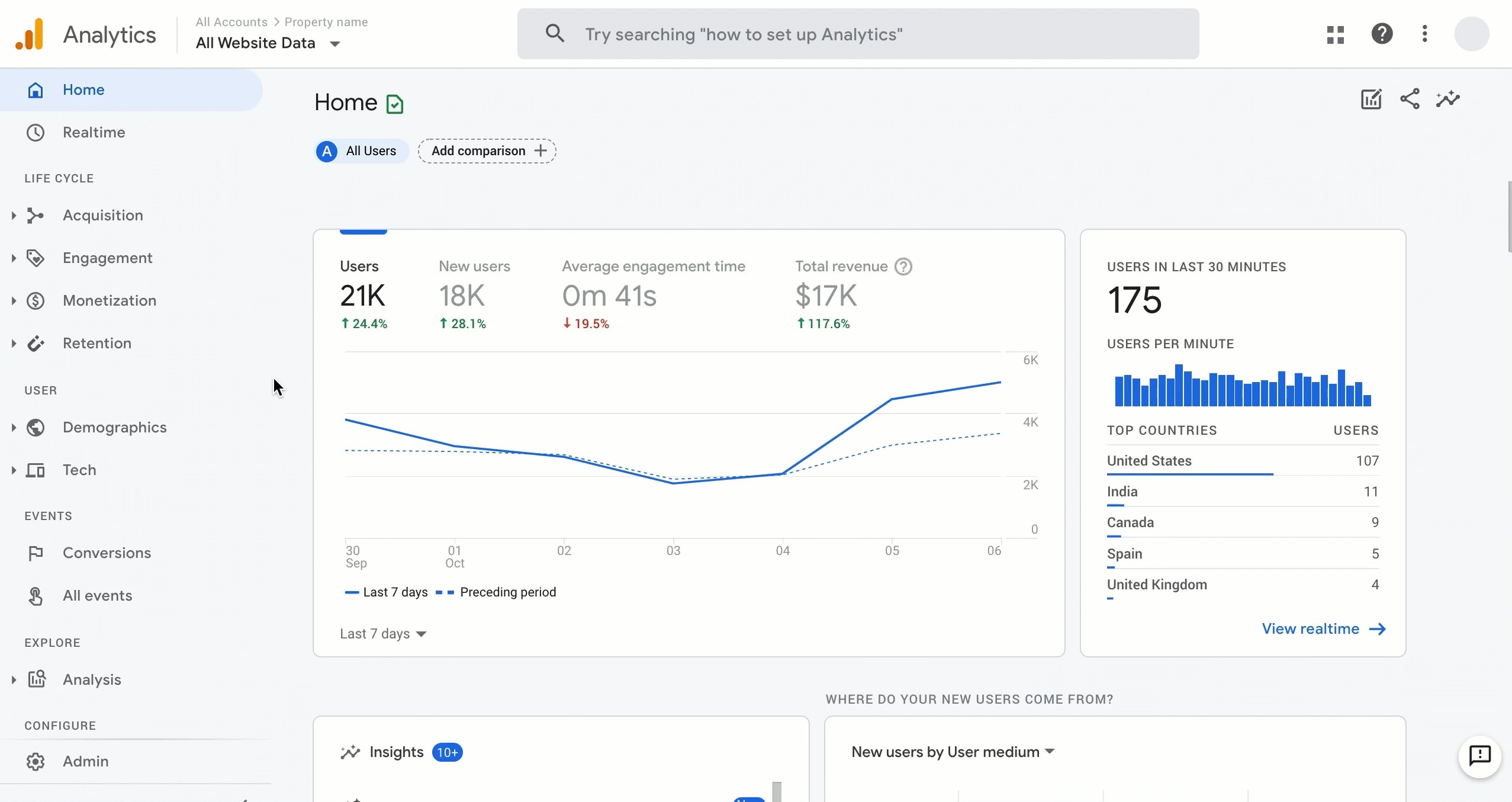
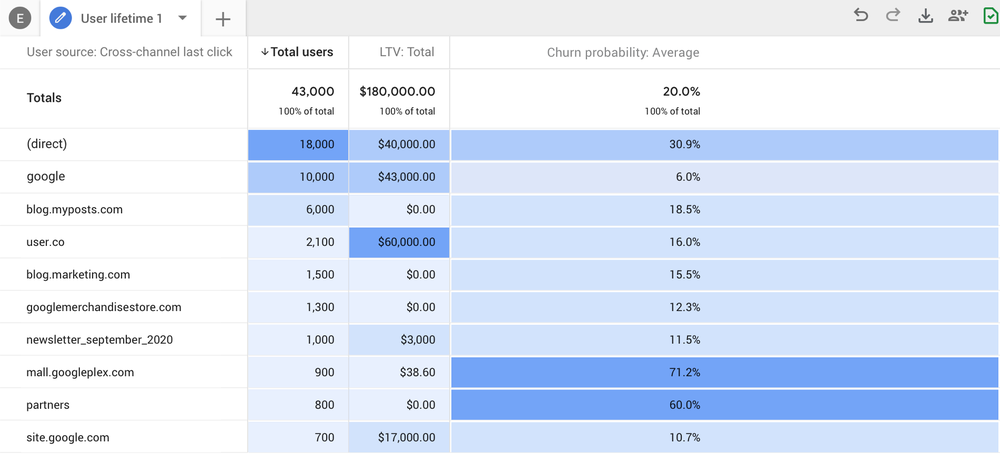
 1. Pitching for Coverage
1. Pitching for Coverage




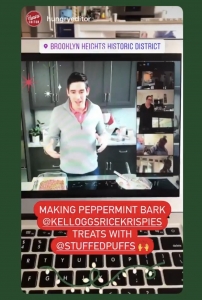
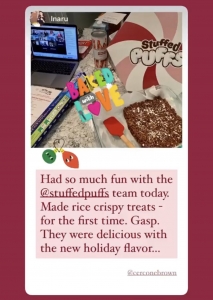
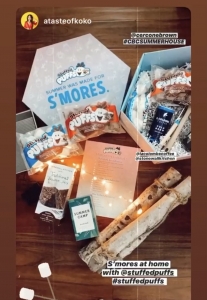
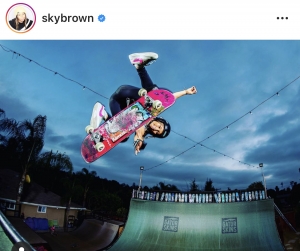
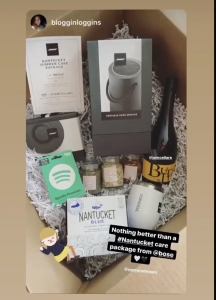
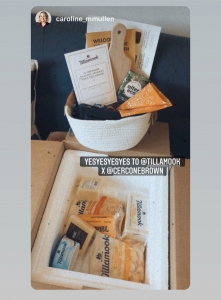 Zoom also has a polling option that is great for soliciting live engagement and feedback. During our virtual mocktail making activation with La Croix, we used the polling feature to ask product-specific questions and engage attendees with trivia-style questions throughout the event. This enabled the brand to get feedback on attendee’s favorite flavors while educating them on the brand by asking tricky yet interesting questions they may not have previously known (i.e. how many flavors does La Croix offer in total?). These questions add a layer of immediate feedback (and fun!) that can spark conversation or relay specific information attendee’s experiences with a product that may have otherwise gone unsaid. With any event, live or virtual, personalization is key!
Zoom also has a polling option that is great for soliciting live engagement and feedback. During our virtual mocktail making activation with La Croix, we used the polling feature to ask product-specific questions and engage attendees with trivia-style questions throughout the event. This enabled the brand to get feedback on attendee’s favorite flavors while educating them on the brand by asking tricky yet interesting questions they may not have previously known (i.e. how many flavors does La Croix offer in total?). These questions add a layer of immediate feedback (and fun!) that can spark conversation or relay specific information attendee’s experiences with a product that may have otherwise gone unsaid. With any event, live or virtual, personalization is key!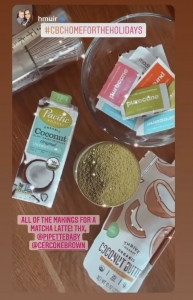 questions throughout the event, so encouraging use of this feature to help you naturally create more dialogue between guests. Since participants may be on mute for much of the event, encouraging them to post in the chat as questions arise and then addressing them verbally is a comfortable way for them to get the information they need to be fully educated about your product, without having to interrupt the presenter or leader. Prior to an event, assign a team member who’s not leading the activation to be responsible for answering all chat comments to keep the flow of the on-screen activity on track.
questions throughout the event, so encouraging use of this feature to help you naturally create more dialogue between guests. Since participants may be on mute for much of the event, encouraging them to post in the chat as questions arise and then addressing them verbally is a comfortable way for them to get the information they need to be fully educated about your product, without having to interrupt the presenter or leader. Prior to an event, assign a team member who’s not leading the activation to be responsible for answering all chat comments to keep the flow of the on-screen activity on track.